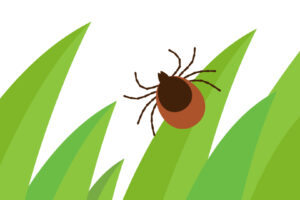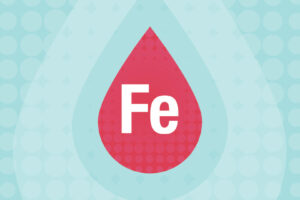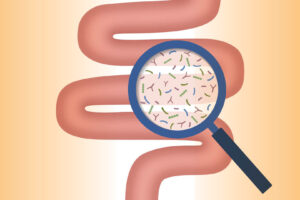New Jersey is unfortunately home to an abundant number of deer ticks. Our mid-Atlantic region has by far the highest tick (also called black-legged tick or Ixodes scapularis) population in the nation. Regardless of the precautionary measures you take, you will more than likely discover one on your body this summer or fall.
As an infectious disease physician, over the years I’ve seen many patients remove ticks the wrong way. I’d like to set the record straight by sharing how to remove ticks most effectively and how to monitor yourself for possible infection.
Most tick bites won’t make you sick
The sooner ticks are removed, the less likely they are to spread disease. When you find one attached to your skin, take the proper steps to remove it immediately—don’t wait for a doctor to do it for you. After being in grassy or wooded areas, continue to examine your body daily as ticks can move before they settle in. You may discover them by the itch they cause as the result of your body’s allergic reaction to the tick’s saliva. More often than not, they will be found in warm, hard-to-see areas such as the nape of the neck, groin, armpits, and scalp. Keep in mind, most ticks don’t carry Lyme disease or other diseases and an infected tick must be attached for at least 36 to 48 hours to make you sick.
The right way to remove a tick
The goal is to remove the whole bug−particularly the head. Grabbing an engorged tick by the body will essentially turn it into a syringe increasing the risk of infection. Also:
- Do not apply nail polish, petroleum jelly or heat to the tick; this may encourage it to dig deeper into your skin.
- Use fine-tipped tweezers to grasp the tick as close to the skin surface as possible and pull upward with the goal of extracting the whole insect.
- After removal, saturate the bite area and your hands with rubbing alcohol or antiseptic.
- Don’t crush a tick with your fingers. Submerse it in alcohol, place it in a sealed bag or flush it down the toilet.
- There is no need to keep the tick; if you show symptoms, we will test your blood, not the tick.
Early symptoms of tick-borne illnesses
Deer ticks carry more diseases than just Lyme disease. In New Jersey, ticks also commonly transmit bacteria carrying babesiosis or ehrlichiosis. (One infected tick can transmit more than one bacterial infection.) All of these conditions have similar symptoms which generally appear a few weeks after the bite. Seek medical attention if you develop any of the following:
- Red rash often in a bulls-eye pattern that expands in size
- Unexplained fatigue
- Chills and fever
- Unexplained headaches
- Muscle and joint soreness
- Swollen lymph nodes
Testing and treatment
The most common diagnostic feature of early, localized Lyme disease is the bulls-eye rash so no blood test is necessary if this symptom is present. If not, a two-step blood test will confirm if you have contracted Lyme or another bacterial infection. Assuming the disease is caught early-on, antibiotic therapy for three to four weeks is generally effective in overcoming symptoms. More advanced cases may require antibiotics delivered intravenously for four weeks or longer.
Avoid bites by dressing in light-colored clothing and cover exposed skin and head. Check yourself and others carefully after spending time outside; shower and wash your hair soon after exposure. Put clothing directly in the washing machine and run it on hot.
If you need an internal medicine doctor
If you are looking for an internal medicine or infectious disease physician, CentraState Medical Center’s Physician Finder offers a roster of specially-trained, board-certified doctors. You can also call 866-CENTRA7 or (866) 236-8727.
 Alfred DeLuca, MD is board certified in internal medicine and infectious diseases and is on staff at CentraState Medical Center in Freehold. He can be reached at Central Jersey Infectious Disease P.C., by calling (732) 792-0741.
Alfred DeLuca, MD is board certified in internal medicine and infectious diseases and is on staff at CentraState Medical Center in Freehold. He can be reached at Central Jersey Infectious Disease P.C., by calling (732) 792-0741.





